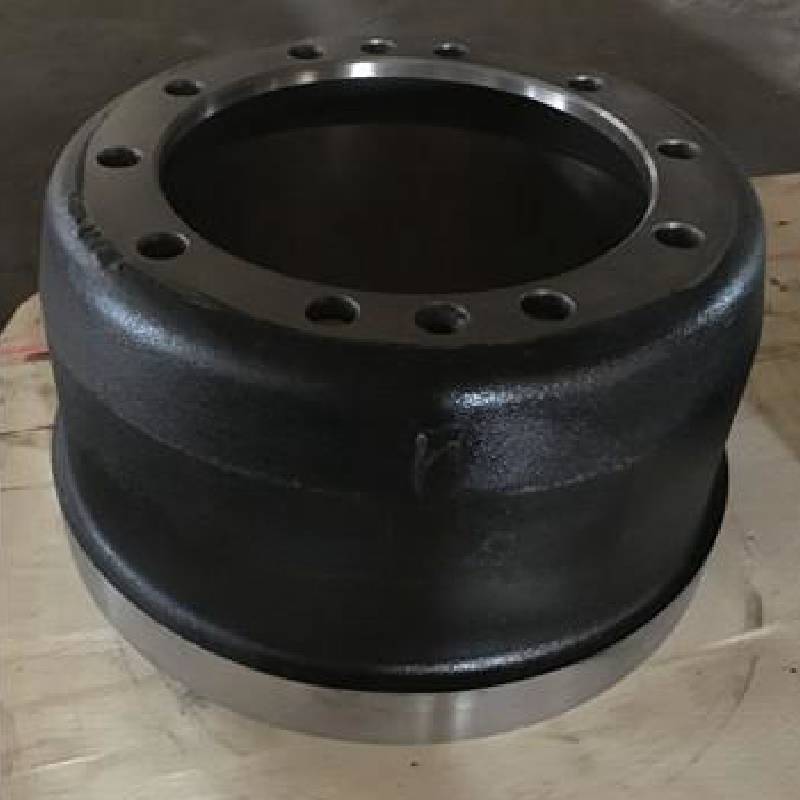Rgp . 04, 2024 02:31 Back to list
Reconditioning Brake Drums for Enhanced Performance and Longevity in Your Vehicle's Braking System
Resurfacing Brake Drums A Comprehensive Overview
Brake drums play a crucial role in the braking system of vehicles, particularly those with drum brake configurations. Over time, these components can wear down, leading to decreased performance and safety risks. One effective solution to extend their lifespan and restore functionality is the process of resurfacing brake drums.
Understanding Brake Drums
Brake drums are circular cylinders that house the brake shoes. When the driver applies the brakes, the shoes press against the inner surface of the drum, creating friction that slows down or stops the vehicle. This process generates considerable heat and, over time, can lead to warping, cracking, or decreased surface smoothness. Such conditions may result in uneven braking, vibrations, and even additional wear on other components.
Signs That Resurfacing is Necessary
Several indicators suggest that brake drums may require resurfacing. If drivers notice pulsation while braking, uneven wear on the brake shoes, or auditory signs like grinding noises, these may be symptoms of damaged or unevenly worn drums. Inspecting the drums during routine maintenance can help in identifying these issues early. Additionally, if the drum's inside diameter exceeds the manufacturer's specifications due to wear, resurfacing becomes essential to restore optimal function and safety.
The Resurfacing Process
resurface brake drums

Resurfacing brake drums is a relatively straightforward process typically performed by automotive technicians or at machine shops. The process begins with removing the brake drum from the vehicle. Once removed, the technician will clean the drum thoroughly to eliminate any dust, grease, or debris. Next, they will measure the drum’s diameter and inspect it for any cracks or severe damage that may render it irreparable.
If the drum is suitable for resurfacing, a lathe is employed to remove a thin layer of material from the drum's surface. This process ensures that the surface is smooth and even, crucial for the proper functioning of the brake shoes. Many brake drums can withstand multiple resurfacing operations, but it is essential to adhere to the manufacturer's specifications regarding minimum thickness.
Benefits of Resurfacing Brake Drums
The benefits of resurfacing brake drums are numerous. Firstly, it significantly extends the life of the drums, delaying the need for expensive replacements. Secondly, resurfacing helps improve braking performance, ensuring smoother and more effective stopping power. This process also contributes to overall vehicle safety by minimizing the risk of brake failure due to worn-out components.
Moreover, resurfacing is an environmentally friendly practice. By restoring existing components rather than discarding them, it reduces waste and conserves resources. Additionally, it can be more cost-effective than purchasing new drums, making it a practical choice for many vehicle owners.
Conclusion
In conclusion, resurfacing brake drums is an essential maintenance practice that enhances vehicle safety, extends component life, and promotes cost efficiency. Regular inspections and prompt action when signs of wear occur can ensure that brake systems function correctly. Vehicle owners should prioritize this maintenance task and consult professionals when necessary to keep their braking systems in optimal condition. By doing so, drivers can enjoy a safer, more comfortable driving experience while also being mindful of the environmental impact of their vehicle maintenance choices.
-
Brake Drum Man - High-Quality Drum Brake Drums & Brake Shoes for Reliable Performance
NewsJun.24,2025
-
High-Quality Brake Drum Kamaz – Durable Drum Brake Drum & Brake Shoe Replacement
NewsJun.10,2025
-
High-Quality Brake Drum Liza for Drum Brake Systems - Superior Durability and Performance
NewsJun.10,2025
-
High-Quality Brake Drum Kamaz – Durable Drum Brake Drum & Brake Shoe Solutions
NewsJun.10,2025
-
Durable Kamaz Brake Drums High-Performance Truck Parts
NewsJun.09,2025
-
Premium Brake Drum Maz Kit with Shoes Enhanced Braking
NewsJun.09,2025
